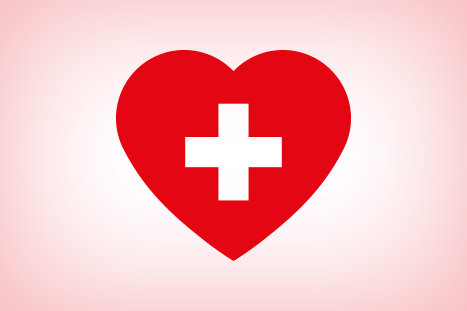There have been two confirmed cases of head lice in Secondary. Head lice are a common school-acquired problem. Lice prefer clean, healthy heads and the presence of head lice is not a reflection of poor hygiene. To detect and prevent lice we recommend that you check your child’s hair on a regular basis, tie back long hair and encourage your child to avoid sharing sun hats at school.
Lice are very small but can be seen with the naked eye. Please check your child for nits, which are tiny yellow, tan or brown egg sacks attached to the hair shaft near the scalp. Unlike dandruff, nits cannot be shaken or flicked off the hair shaft; they are firmly attached and must be pulled or combed off the shaft. After one to two weeks nits hatch and wingless grey or tan nymphs (baby lice) or adult lice may be detected on the scalp.
To be effective treating lice manually or with any of the available preparations it is important to:
- Pay special attention to instructions regarding how long the medication should be left on the hair.
- Check the expiry date.
- Wet comb your child’s hair thoroughly with a special fine-toothed comb (Nit comb) or remove eggs manually every 3-4 days.
- Wash your child’s bedding, hat, towel and any recently worn clothing in hot water followed by a hot cycle in the dryer for at least 20 minutes.
- Vacuum carpets and upholstery then discard used vacuum bags.
- Clean used hairbrushes, combs and hair accessories with boiling water.
- Re-check your child’s hair every three days over a period of three weeks to confirm the absence of lice.
It is important that children are not sent to school if infested or if treatment has not been completed. As per the Parent and Student Handbook, if it is confirmed that your child has head lice they will need to be collected from school and receive treatment prior to recommencing classes.

